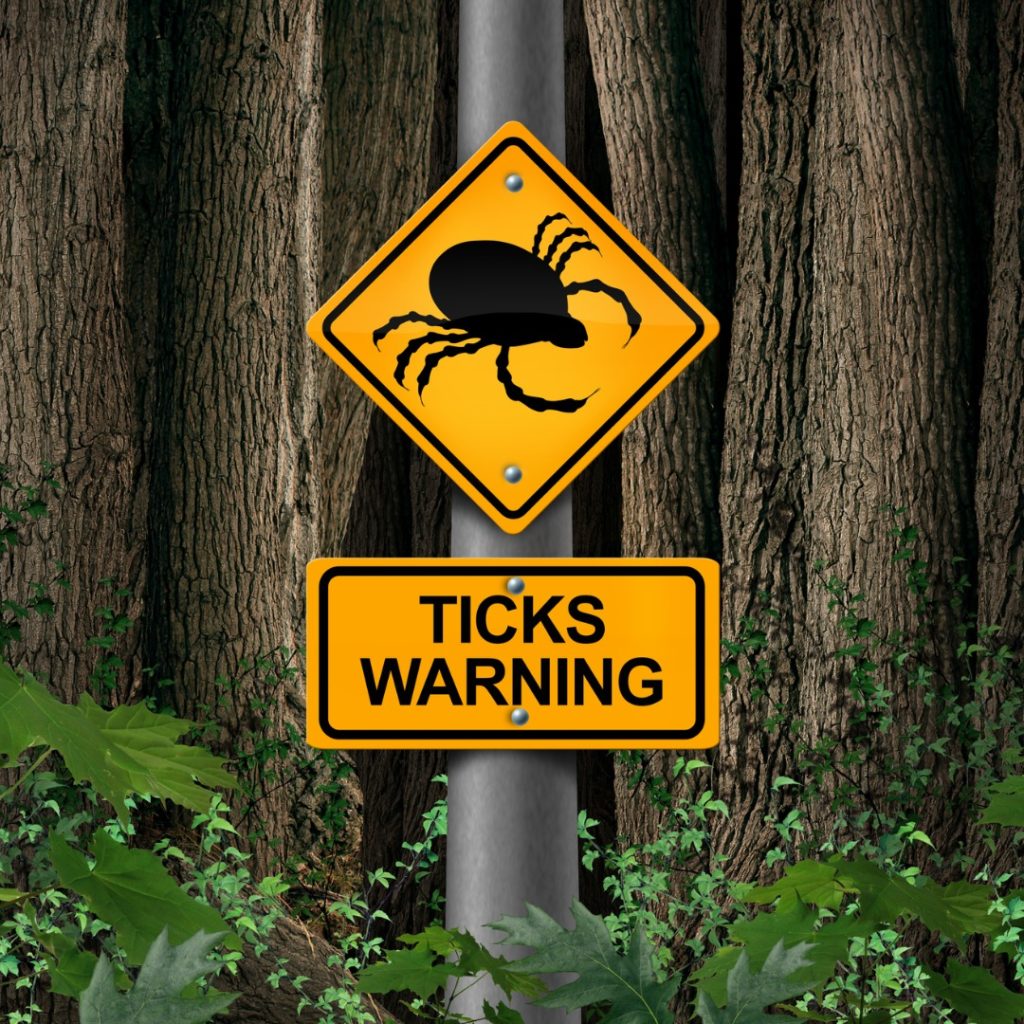By the year 2020 it is estimated that 80% of Canadians will live in Lyme disease endemic areas. Currently in Canada, there is a growing concern that Lyme disease is under diagnosed. There are many reasons for this, some of which include a lack of public awareness, and misdiagnosis by physicians due to non-specific symptoms.
What are the Symptoms of Lyme disease?
The tick bite is the first sign of Lyme disease; however, fewer than 50% of people diagnosed recall having a tick bite or seeing the trademark “bulls-eye” rash. Early on, many people experience a “flu-like” illness, after which they have not felt well or “normal.”
There are other symptoms of Lyme disease, which adds to the difficulty in diagnosis. Common symptoms include:
- RASH: the rash can vary greatly in size and appearance and may be on more than one body part at a time. It may be at the site of the bite or on other parts of the body.
- NERVOUS SYSTEM: muscle twitches, ticks, numbness/tingling, weakness, partial paralysis, dizziness, etc.
- PSYCHOLOGICAL WELL-BEING: mood swings, irritability, unusual depression, disorientation, memory loss, panic attacks, anxiety, etc.
- MUSCULOSKELETAL: muscle, bone and joint pain and/or stiffness
How is Lyme disease treated?
If you know you have been bitten by a tick, seek medical attention immediately in order to receive a 6-week course of antibiotic therapy. This will help prevent the development of chronic Lyme disease.
Both the diagnosis and treatment of chronic Lyme disease is highly controversial in Canada. Canadian physicians have no guidelines to follow when testing for and treating the disease. This forces many Canadians to seek diagnosis and treatment across the border. In June of this year, Elizabeth May (MP and Green Party leader) introduced a Private Member’s Bill, calling for the development of a Canadian National Strategy for Lyme disease diagnosis and treatment. For more information on Lyme disease and a complete list of symptoms, visit www.canlyme.com



